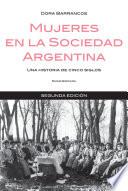
Mujeres en la sociedad Argentina
Autor: Dora Barrancos
Número de Páginas: 343Una historia de las mujeres argentinas desde la conquista hasta la actualidad, por una gran especialista en el género.

Una historia de las mujeres argentinas desde la conquista hasta la actualidad, por una gran especialista en el género.
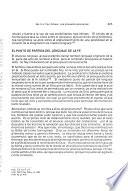
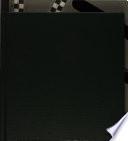

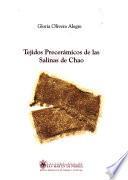
Informe sobre el desconocido valle del río Chao, situado entre los valles de los ríos Santa y Virú, el cual constituyó el asentamiento de una importante población pre-cerámica que vivió allí hace unos 3,800 años. Se estudia su producción textil y los múltiples usos que le dieron en su vida económica y ritual.
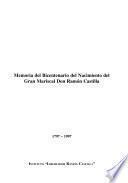
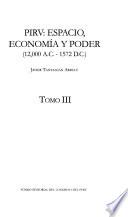

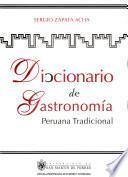
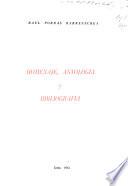

Through a careful selection of impressive sculptural works, this fine edition covers from the most ancient pre-Hispanic cultures to the latest manifestations of this artistic discipline: from stony strength of the sculpture of the Lanzón (supreme deity) de Chavín de Huantar, the minimalist delicacy of the Chancay ceramics, the sculptural manifestations of religious art during the Viceroyalty and the installations and contemporary performances in which the human body becomes a sculptural design. Mario Vargas Llosa explains in his preface: "All the sculpture move or surprise us for their originality and perfection, no matter what they are done in: clay, stone, wood or metal; they always appeal to an intimacy deeper than mere rational knowledge, that secret dimension where we feel that the human is not exhausted as purely material and is transcendental [Our translation]"


A collection of watercolors of types and costumes of the colonial population of Lima by autodidactic artist Fierro (b. Peru), the son of a free black slave who is now considered amongst the best of Peruvian painters of the 19th century. The present album was originally printed in 1979 and features a selection of Fierro's watercolors that are part of the holdings of the Institute of Ethnology and Ethnography of the Science Academy of Russia.
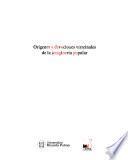

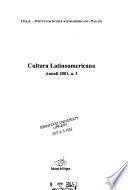
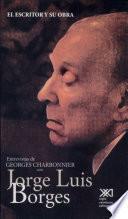
En una serie de entrevistas para la Radio y la Televisión Francesas, Jorge Luis Borges se sintió obligado por primera vez a examinar las tendencias y las formas que influyeron en su obra, así como los sucesos de su vida que también pesaron sobre su oficio de escritor. De ahí derivó la conversación hacia la literatura en general y su lugar en el mundo.
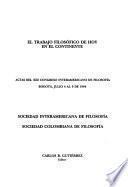

The book deals with the Spanish and Peruvian artistic interchanges and relationships between 1892 to 1929 in the search for a national identity. Seeks to understand the process of modernization in Peruvian art during the first three decades of the 20th century through moments like modernity, avant-garde and imaginaries of identity in Peruvian painting and sculpture. Analyzes the trajectory of important painters such as: Carlos Baca Flor, Daniel Hernández, Teófilo Castillo, José Sabogal, Domingo Pantigoso, Carlos Quizpez Asín, César Moro and the almost unknown Isabel Morales Macedo. In the field of sculpture analyzes Hispanic artists, linked with Peruvian art whose presence is visible in the public monuments of Lima, such is the case of Agustín Querol or Mariano Benlliure, or the significant presence of Manuel Piqueras Cotolí as Professor of sculpture of the newly founded School of Fine Arts. The text ends with the Peruvian Pavilion at the Ibero-American Exhibition in Seville (1929).
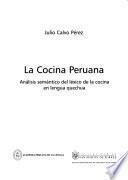
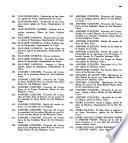
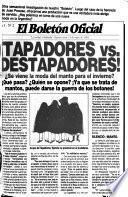
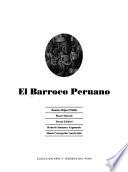
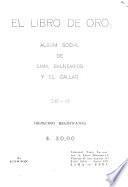
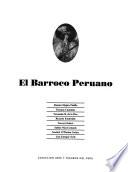
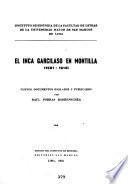
Opciones de Descarga